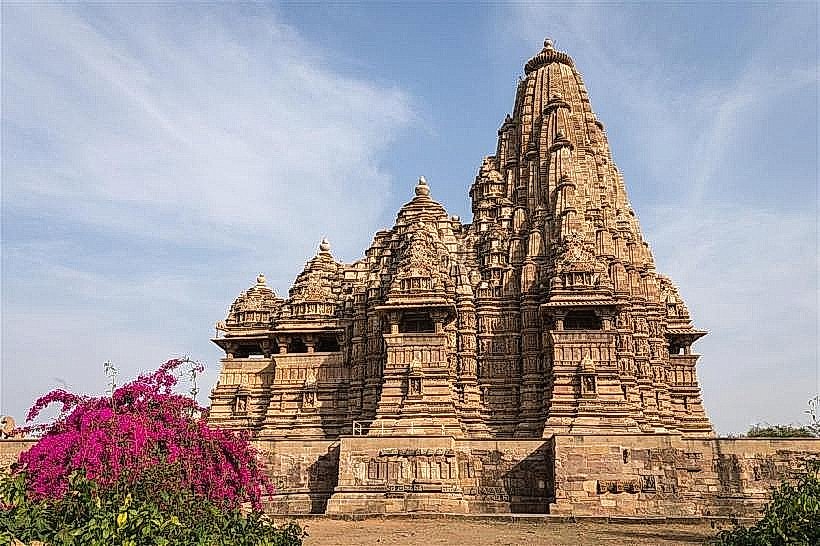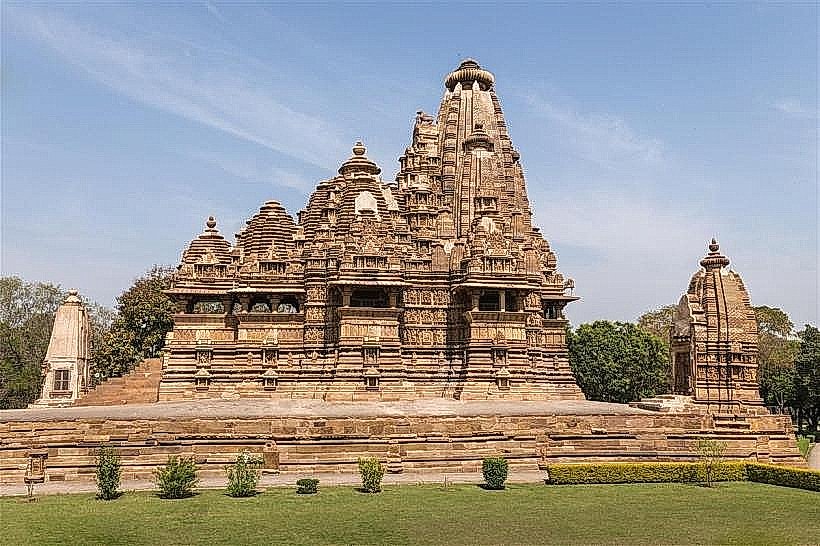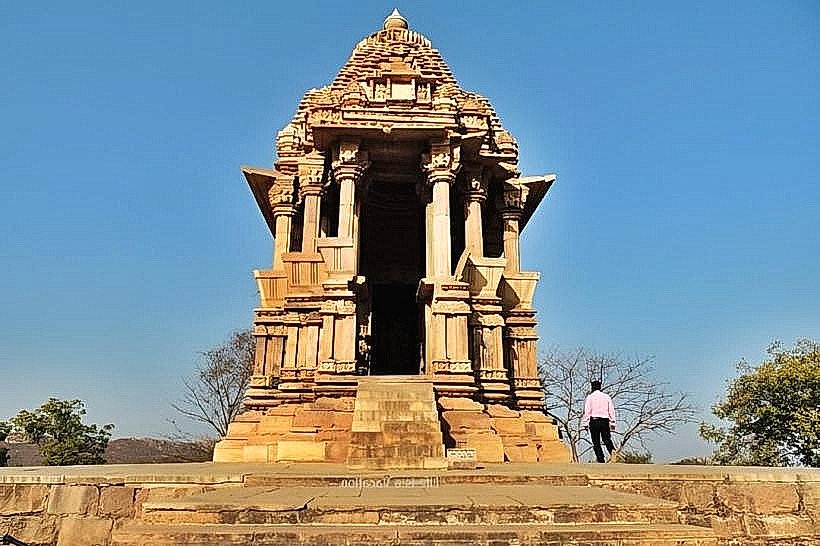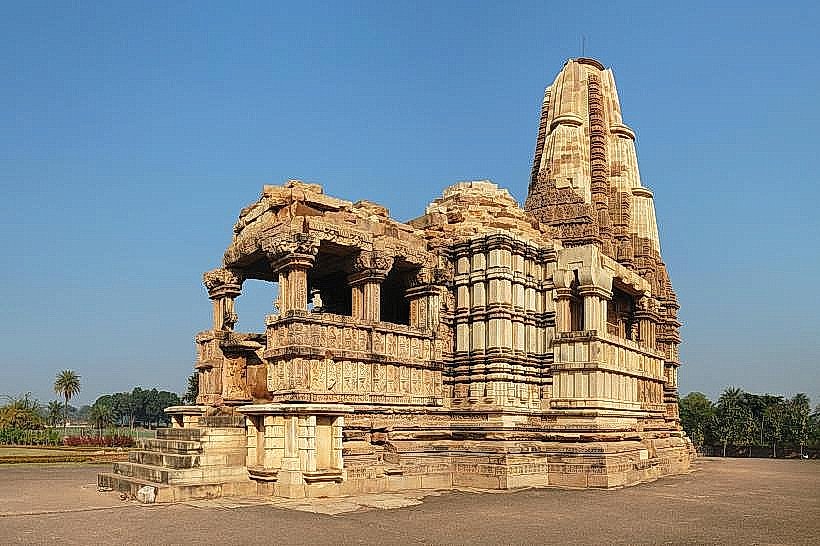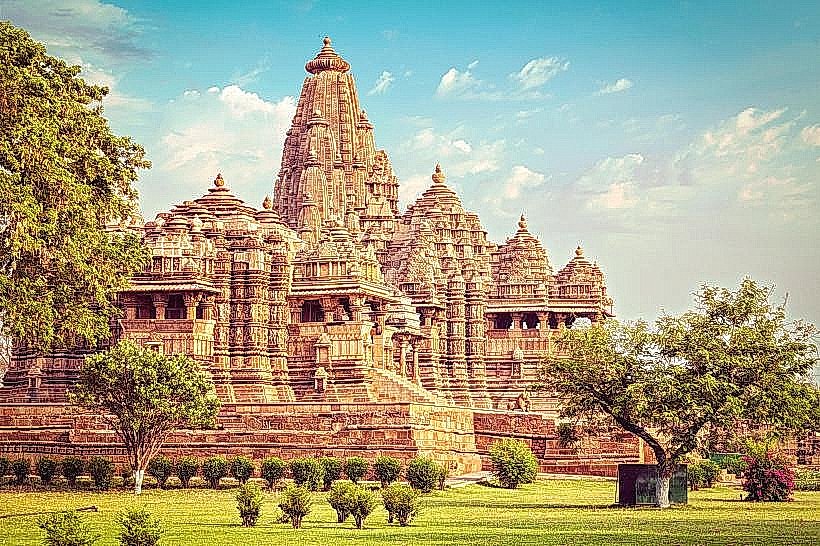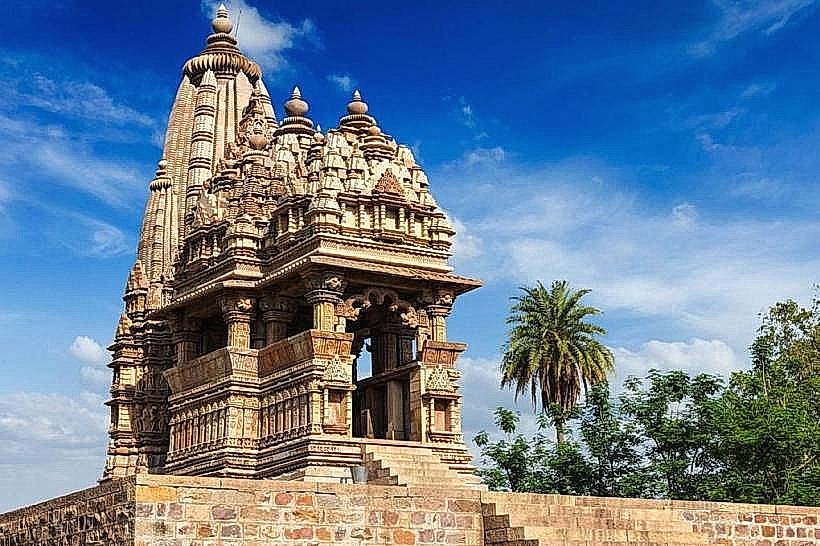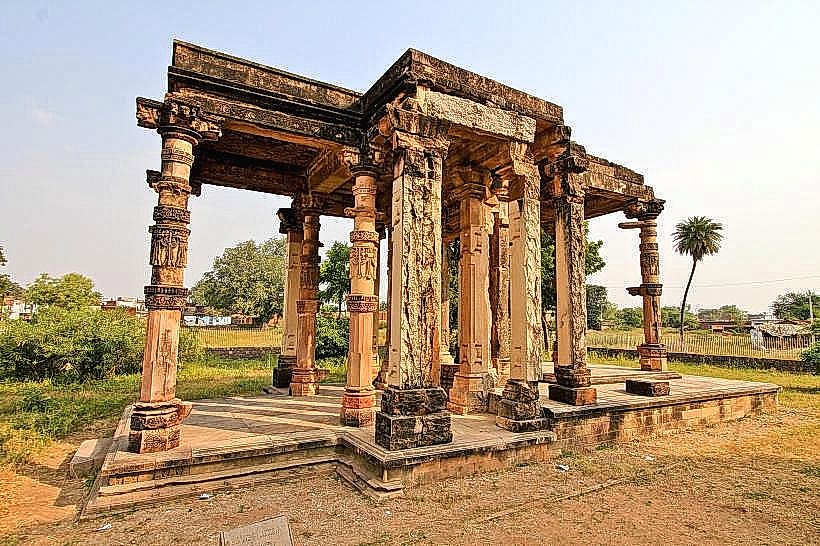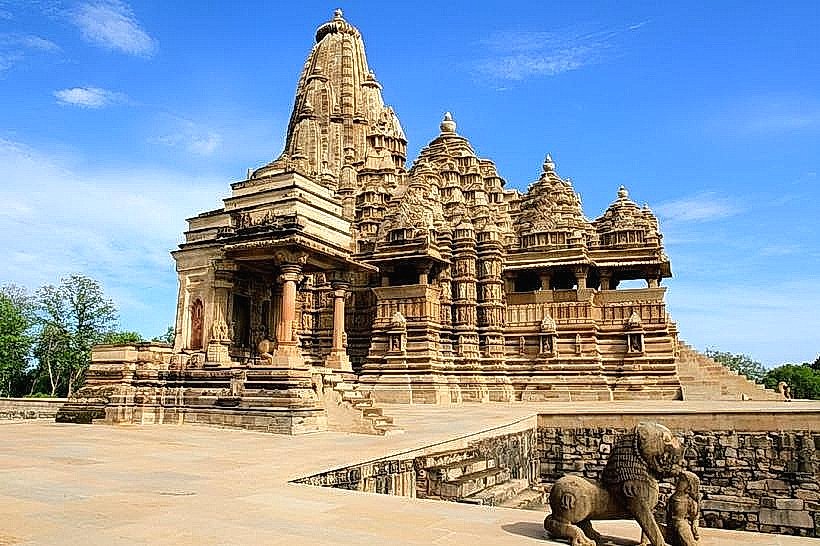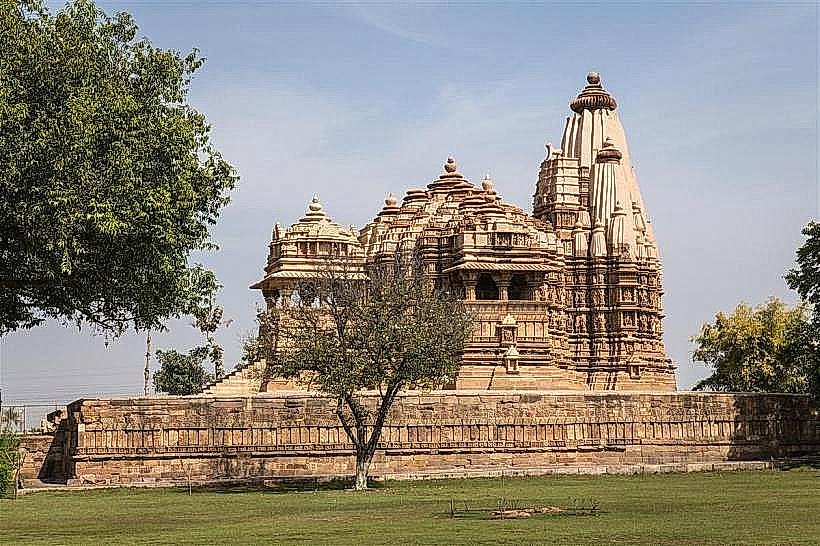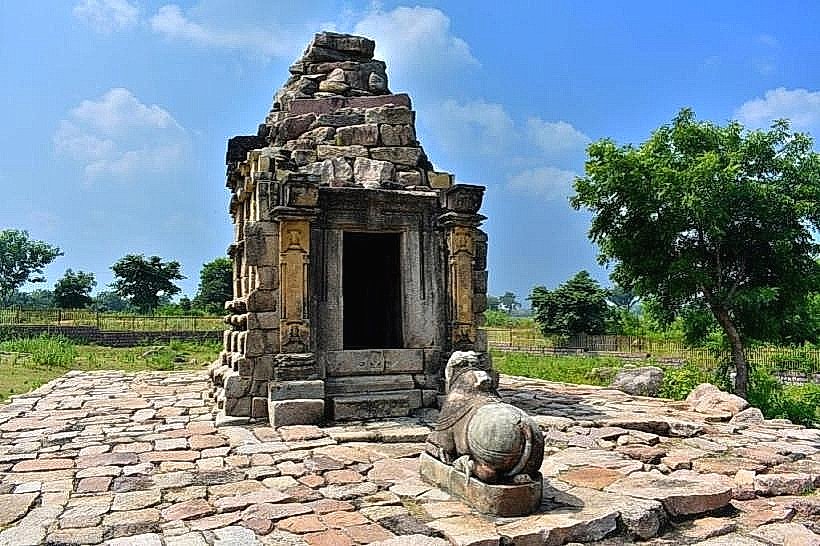Information
Landmark: Chausath Yogini TempleCity: Khajuraho
Country: India
Continent: Asia
Chausath Yogini Temple, Khajuraho, India, Asia
Overview
Rising on a low, sun‑warmed rise among Khajuraho’s western temples, the Chausath Yogini Temple stands as one of India’s oldest surviving circular shrines, devoted to sixty‑four yoginis-female attendants or forms of the goddess Durga, furthermore built around the 9th century under the Chandela dynasty, the temple stands as a vivid example of tantric architecture, its carved stone figures echoing both ritual and spiritual meaning.Unlike the square or rectangular plans seen in most Khajuraho temples, the Chausath Yogini temple forms a perfect circle about 65 feet wide, its outer wall lined with 64 evenly spaced niches like beads on a stone necklace, after that every niche once held a yogini statue, and together they gave the temple its name-Chausath, meaning sixty-four-like a quiet row of figures watching over the stone courtyard.The central shrine now stands empty, but it once likely held a revered deity-perhaps a form of Shiva or Durga-its stone floor still cool and smooth where offerings were placed, meanwhile the temple rises from rough sandstone, its low plinth holding up a plain, open frame that catches the warmth of the afternoon sun.Its round layout lets devotees roam smoothly around the temple, a simple circle of motion that carries deep tantric meaning, also most of the roof is gone today, leaving the temple bare and open to the sky, where sunlight spills across the worn stone, not entirely The surviving yogini sculptures stand out in bold, stylized forms, each one carved with its own posture, weapon, and tiny detail-a lifted arm, a curved blade, a glint of stone catching the light, likewise many carry symbols of power-swords flashing in torchlight, shields, tridents, even lotus flowers resting gently in their hands.These statues express the tantric sense of feminine energy-divine force and cosmic guardianship-rather than the ornate, narrative figures carved across the grand walls of Khajuraho’s larger temples, alternatively delicate touches-a glint of jewelry, a carved headdress, the faint ripple of cloth-reveal how carefully the artisans worked, even within the temple’s spare design.The design feels rhythmic and sharply geometric, the sixty‑four niches curving into a perfect circle that catches the eye like a drumbeat, underscoring its symmetry and deep ritual meaning, at the same time the Chausath Yogini temples carried deep ritual and spiritual meaning, built for tantric worship and perhaps hidden rites that honored the feminine cosmic force-an energy imagined swirling like stars in the shadowy.The round design drew participants into a sluggish, circling hike of worship, their movement centered on the divine presence that joined the ground beneath their feet with the geometry of the sacred, while the temple’s open design might have made it easier to watch the stars, weaving each ritual into the gradual rhythm of the shifting sky.Visiting the Chausath Yogini Temple feels completely different from exploring Khajuraho’s grand, ornamented shrines-the air there is still, and the stone underfoot seems to hold its own quiet story, as well as its open-air design, bare details, and gentle circular flow draw you in, the hush of space inviting quiet reflection, loosely Visitors move unhurriedly along the stone circle, stopping at each niche to study the yogini figures and picture the temple alive with ancient rituals, consequently from the low rise, you catch a quiet glimpse of the western Khajuraho complex, where the pale stone spire of Kandariya Mahadev Temple gleams just beyond.It seems, The temple feels quietly apart from the world, where a soft wind brushes your cheek, sunlight flickers through leaves, and far-off birds call in a rhythm that makes time seem to pause, what’s more the Chausath Yogini Temple stands as one of India’s oldest surviving circular yogini shrines, its stone walls still echoing the rhythm of ancient rituals.It embodies tantric spirituality, the strength of feminine divinity, and the bold architectural vision of the Chandela era-stone carved so finely you can feel its grace beneath your fingertips, at the same time its clean design, symbolic sculptures, and ritual purpose make it a vital counterpart to Khajuraho’s ornate, story-filled temples.At the Chausath Yogini Temple, visitors step into the heart of early tantric design-precise geometry carved in stone, rich with symbols and the quiet strength of the divine feminine that shaped medieval India.
Author: Tourist Landmarks
Date: 2025-11-19

